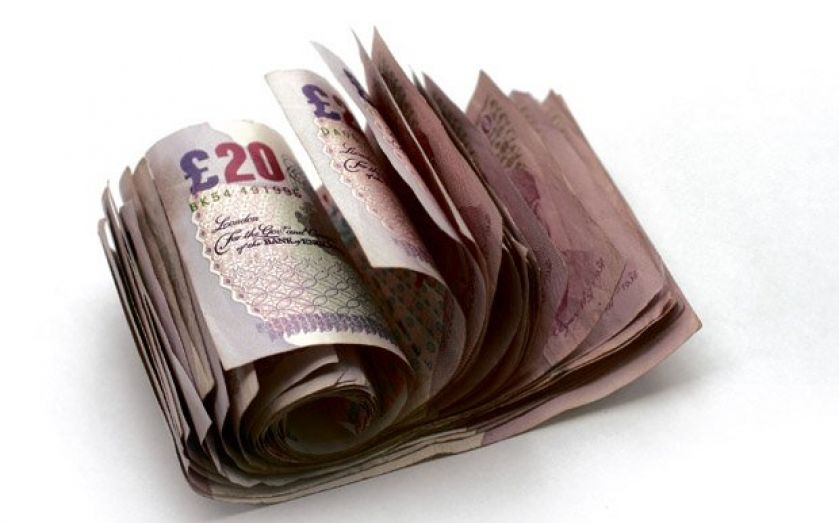Bigger pay packets give pound a lift as sterling hits seven-year high against the euro

Sterling soared to a seven-year high against the euro yesterday, pushed up by record jobs figures and rising wages, with some investors expecting a Bank of England rate hike to come sooner than had been expected.
The UK’s employment level jumped to an equal record high of 73.2 per cent at the end of last year, while joblessness kept on falling. The official figures, published yesterday, also showed wages rising by 2.4 per cent in December compared with a year earlier – significantly above inflation.
Some economists believe the UK is already experiencing deflation, meaning that any rise in interest rates appears to be unfeasible.
But minutes of the latest Bank meeting, published yesterday, warn that inflation is “likely to rise fairly sharply” once temporary factors drop out later in the year.
“These labour market figures have finally shown strong wage growth – an unambiguously bullish sign for the UK economy and for sterling,” said Ranko Berich of forex company Monex Europe.
“Several months ago [Bank governor] Mark Carney was clear in his caution over optimistic UK labour market data, arguing that one swallow does not make a spring. Today’s real wage growth is a very good looking swallow.”
The pound jumped on the back of the new data, gaining around a cent against both the euro and the dollar during trading. Sterling lost some ground last night, but was still at a higher level against the euro than at any time since early 2008.
City Index analyst Ashraf Laidi said: “Sterling is the best alternative to the US dollar, as it is backed by one of two major central banks expected to raise rates this year in a universe of zero-bound interest rates.
“Yet, even if the Bank does refrain from tightening this year, sterling’s increased positioning as a safe haven from Eurozone uncertainty is being especially highlighted by the Swiss National Bank’s plunge towards negative interest rates.”
The Bank’s latest minutes reveal a potential three-way split emerging, with one member leaning towards even looser policy, while two others are forming a hawkish wing. Despite this, all nine members are currently voting to keep rates at 0.5 per cent.